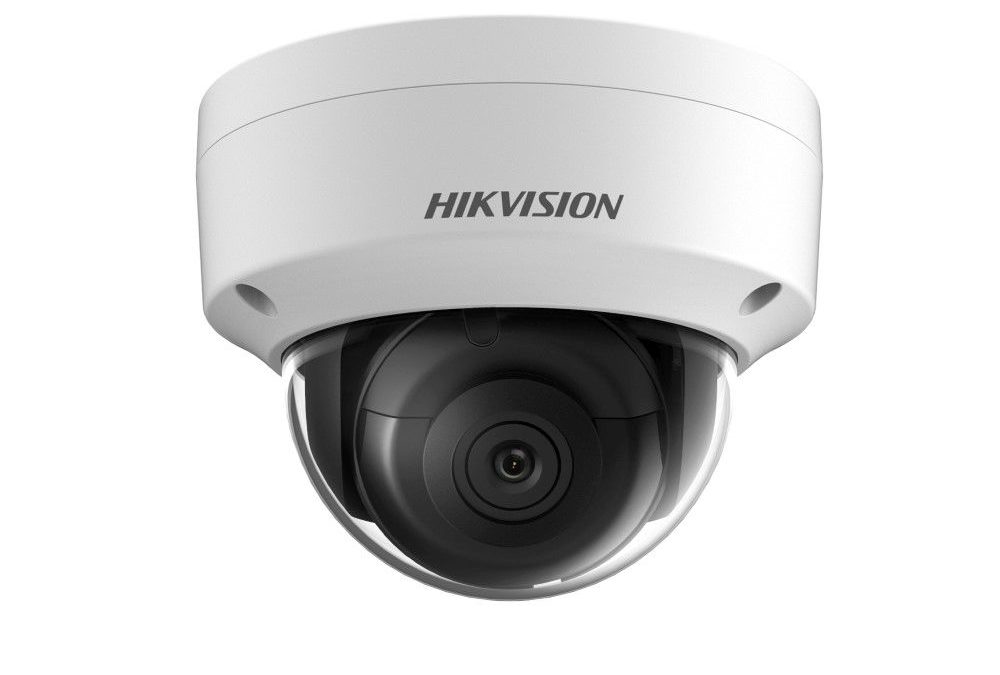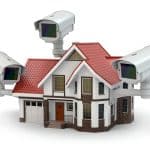Arguably, one of the most revolutionary technological inventions of the last century was the CCTV. In the years that this technology has been around, it has evolved in a lot of ways. Today, you will find some of the most advanced CCTV systems that can do what its inventors could not even imagine.
You probably have come across CCTV in your day to day life. It’s no secret that they are used to monitor the areas where they are installed. But there is more to the CCTV than you know. In this article, we are going to explore the CCTV system in depth so that you can get to understand this technology better. If you are looking to buy CCTV camera, getting this information can help you make a better decision on what suits you best.
What does CCTV stand for?
CCTV stands for closed-circuit television and is a TV system that relays its signals privately – unlike ordinary TVs which transmit their signal publicly – for monitoring. This private TV system allows for monitoring and surveillance for security purposes. Your encounter with this technology has mainly been its use for the surveillance of people for security purposes. You should know that its applications extend far beyond this.
How does a CCTV system work?
A CCTV system is made up of cameras, communication link, monitors, and data storage as its basic components.
Cameras
There is usually more than one camera in a closed-circuit television system. The general rule here is that the more cameras, the better. Despite this, organizations and businesses try to cut down on how many cameras are on their premises to avoid making people feel uncomfortable. The CCTV cameras are typically placed strategically in a space depending on the application. The strategic placement is to:
• Allow the cameras to cover a more full field of view
• To make the cameras harder to tamper with
• To avoid having any blind zones if possible. Blind zones are areas not covered by the cameras field of view.
Communication link
The video feed captured by the cameras has to be passed through a communication link to reach the monitors. Here, two options can be exploited depending on your preference, coaxial or wireless. A coaxial connection takes advantage of a coaxial cable to transfer the data from the CCTV cameras to the monitor. On the other hand, a wireless link takes advantage of Wi-Fi to facilitate data transfer. The communication links are closed so that they don’t share data with any party apart from the designated monitors.
Monitors
The monitors allow the feed from the CCTV cameras to be viewed at the monitoring room. It is in this monitoring room that surveillance occurs if that was the intended purpose. You can either choose to monitor the feeds from the camera through a single monitor or multiple monitors. If you are inputting multiple feeds through a single monitor, then your screen’s real estate will be divided to fit the number of feeds. Keep in mind that you can go for as big of a monitor as you would wish.
Data storage
The feed from the camera has to be stored for future reference, and this is where data storage comes in. CCTV systems today either store their data locally or on the cloud. Data storage solutions can be a bit expensive and to cut down on the costs, most organizations regularly delete the stored data after a specified period. This allows for the freed storage space to be used again rather than buying additional storage.
Types of CCTV systems
There are two primary types of CCTV systems, analogue and IP. More accurately, CCTV defines the analogue systems, but as it the same thing just more advanced – so the term is used for both. So, how does an analog system differ from IP systems?
Differences between analogue and IP systems
Though both systems perform the same functions, they have quite different capabilities. Here are their main differences.
Video quality
Analog systems have lackluster video quality with lower resolution. Sometimes, due to the poor resolution, it can be quite challenging to pick finer details from the CCTV feed. On the other hand, an IP system provides video feed with excellent resolution. The high-resolution video can come in handy, especially for security surveillance.
Cost
Installing analogue CCTV products is way more affordable as compared to IP system products. If you are a small organization with a low budget, getting an analog system is likely to make more sense. If you would prefer to have an IP CCTV system, then you also have to be prepared to spend substantially more.
Communication links
IP systems use Wi-Fi as their communication link while analogue systems take advantage of coaxial cable. Thanks to the Wi-Fi communication link, IP systems provide a more superior expansion capability. To add more cameras to an IP system, you just need to link them to the nearest network point. On the other hand, analog systems need additional cabling to and more cameras. This is likely to end up being expensive and time-consuming – the cabling has to go directly to the main DVR.
Lag
Yeah, lag. If you go with analog systems, you will be getting real-time footage on your monitor. This is because, for the analog CCTV, video processing is done on the DVR rather than the camera. Contrary, if you choose an IP option, you can expect a 2 second lag on your feed. This lag results from the video processing being handled at the camera before transmission. If something occurs fast enough, the lag could cause a delayed response.
Search functionality
If you are using your CCTV for surveillance, time and again you might need to search for individuals on the video feed. This can be quite a headache on an analog system as its search functionality is not optimized. IP systems have a very powerful search functionality thanks to its NVR features. These features will allow you to automatically search activity in an area.
Remote monitoring
IP CCTV system supports remote monitoring. This means that you don’t have to be physically in the premises to keep an eye over what is going on. You can literally access your live feed – with some 2 seconds delay – anywhere in the world provided you have internet and a smart device like a smartphone. Analog systems do not have this option, and you have to be physically present before a monitor to know what’s going on.
What does the future hold?
It’s undeniable that technology is getting better by the day. Just as everything else, CCTV is also getting better. Taking this into account, analog systems don’t have a lot of promise for the feature. Despite the high cost of IP systems, they provide better value, and more people are willing to pay more for that. It is improbable that analogue CCTV is going to be around for very long just like cassettes were faced out by digital music.
The biggest beneficiary, in this case, is you the consumer. As IP CCTV gets more mainstream, the more affordable they are going to get. This is already happening as of late there has been a rise in surprisingly affordable offers. If you are looking to buy a CCTV system today, you are better off with an IP one.
Cybersecurity concerns
Yeah, with IP systems comes cybersecurity concerns. There have been reported cases of malicious individuals hacking into the closed network of an IP system and manipulating it. In the worst cases, they have used it to spy on the owners unknowingly. This is a scenario that was never possible previously when analogues systems were more popular.
To avoid being a victim of cyber spying via your IP system, you can:
• Buy your IP CCTV products from a trusted brand with a top-notch security reputation
• Use a strong password for your network link
• Avoid common passwords like the date of birth, spouse name, or child name
• Regularly check your internet traffic for any anomalies – there are tools available on the online for this
• Only share your network password with trusted individuals
Additional uses of CCTV
Security surveillance is what most people know as the primary use of a CCTV system, but it’s not the only one. Here are additional applications of CCTV:
• To monitor traffic on our roads
• To keep an eye on the productivity of workers
• To keep tabs on hard to reach areas and machines in a factory
• To watch pets when away from home
• To monitor infants at night
Why would you choose CCTV?
Sure, for all the uses mentioned above, there are other options. So, why would you choose CCTV?
• Presence of CCTV usually works as a deterrent to criminal activity.
• It’s cost-effective relative to other options like employing additional manpower
• For home security, CCTV will save you some cash on insurance cost
• You will get peace of mind just knowing your home or property is being fully monitored
Now that you know all you can about CCTV systems, if you choose to get one, make a wise decision. Apart from cost, look for convenience and settle on something that will serve you for longer. click the links below to learn more about our CCTV systems






